
Leading Landscaping Options for Custom Homes
Are you looking to enhance the exterior of your custom home? Landscaping plays a crucial role in creating curb appeal and increasing property value. This article explores leading landscaping options for custom homes, focusing on sustainable practices, aesthetic improvements, and practical features. We'll cover native plant species, drought-tolerant options, and hardscaping elements. You'll also learn about incorporating edible landscaping, implementing low-maintenance solutions, and designing unique water features. These insights will help you create a beautiful, functional outdoor space that complements your custom home.
Key Takeaways
Native plants offer sustainable and low-maintenance landscaping options for custom homes in different regions
Drought-tolerant and fire-resistant plants provide dual benefits for arid and fire-prone areas
Hardscaping elements like patios and walkways enhance curb appeal and create functional outdoor spaces
Edible landscaping combines beauty and functionality, allowing homeowners to grow produce in their yards
Water features such as ponds and fountains add aesthetic appeal and tranquility to custom home landscapes
Embrace Native Plant Species for Custom Homes
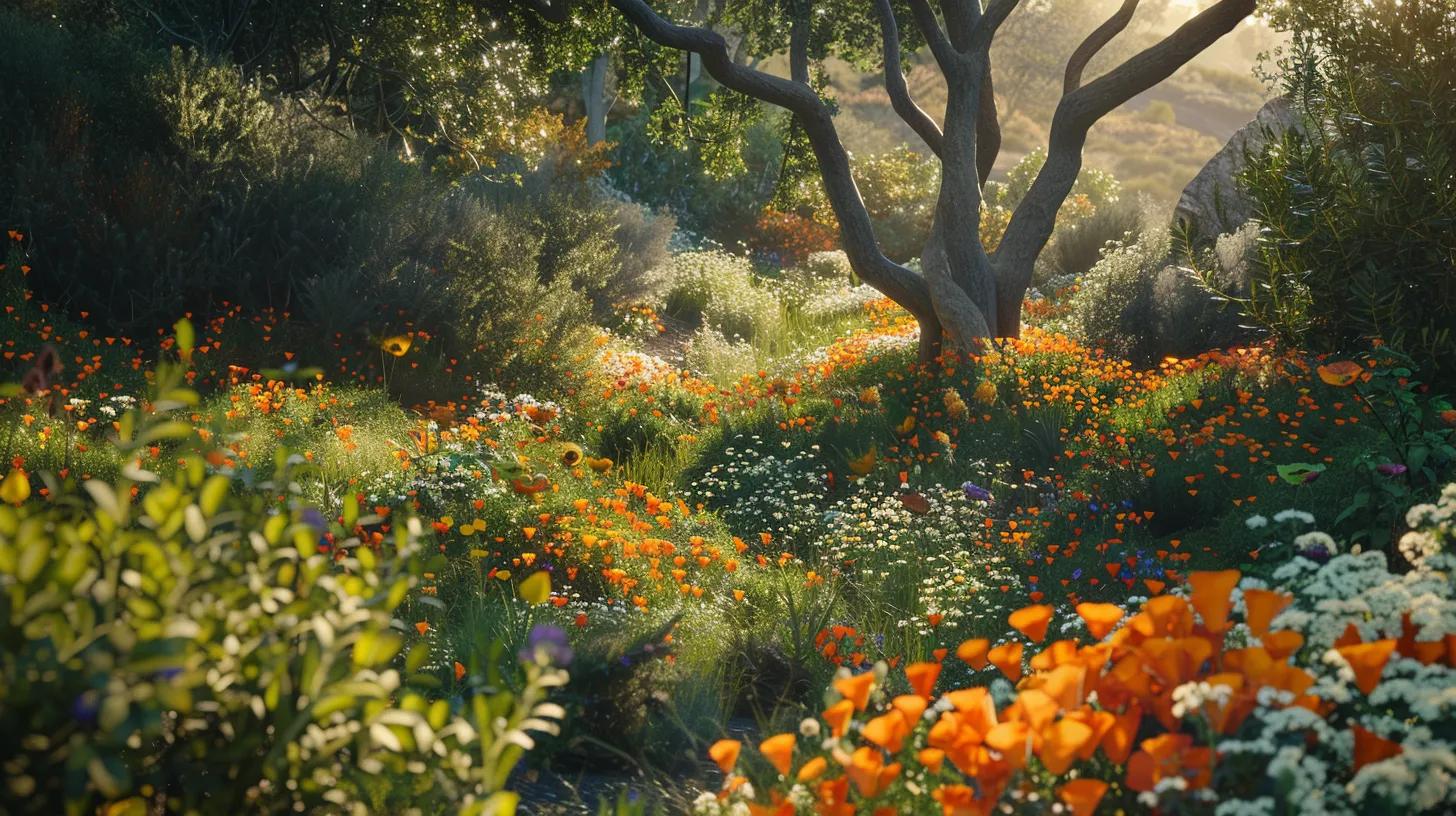
Native plant species offer a beautiful and sustainable landscaping option for custom homes. Homeowners can create a sanctuary with plants like Panicum virgatum, also known as switchgrass. This versatile grass thrives in various soil conditions and provides year-round interest.
California residents can embrace native plants to conserve water and support local ecosystems. Incorporating species like the California poppy or manzanita can add vibrant colors and textures to the landscape. These plants are adapted to the region's climate, requiring less maintenance and resources.
For those in the southeastern United States, Hydrangea quercifolia (oakleaf hydrangea) is an excellent native choice. This shrub offers stunning white flowers in spring and summer, followed by attractive fall foliage. It's well-suited for partial shade areas and can create a lush, natural-looking garden.
Choose Drought-Tolerant Plants for Sustainable Landscaping
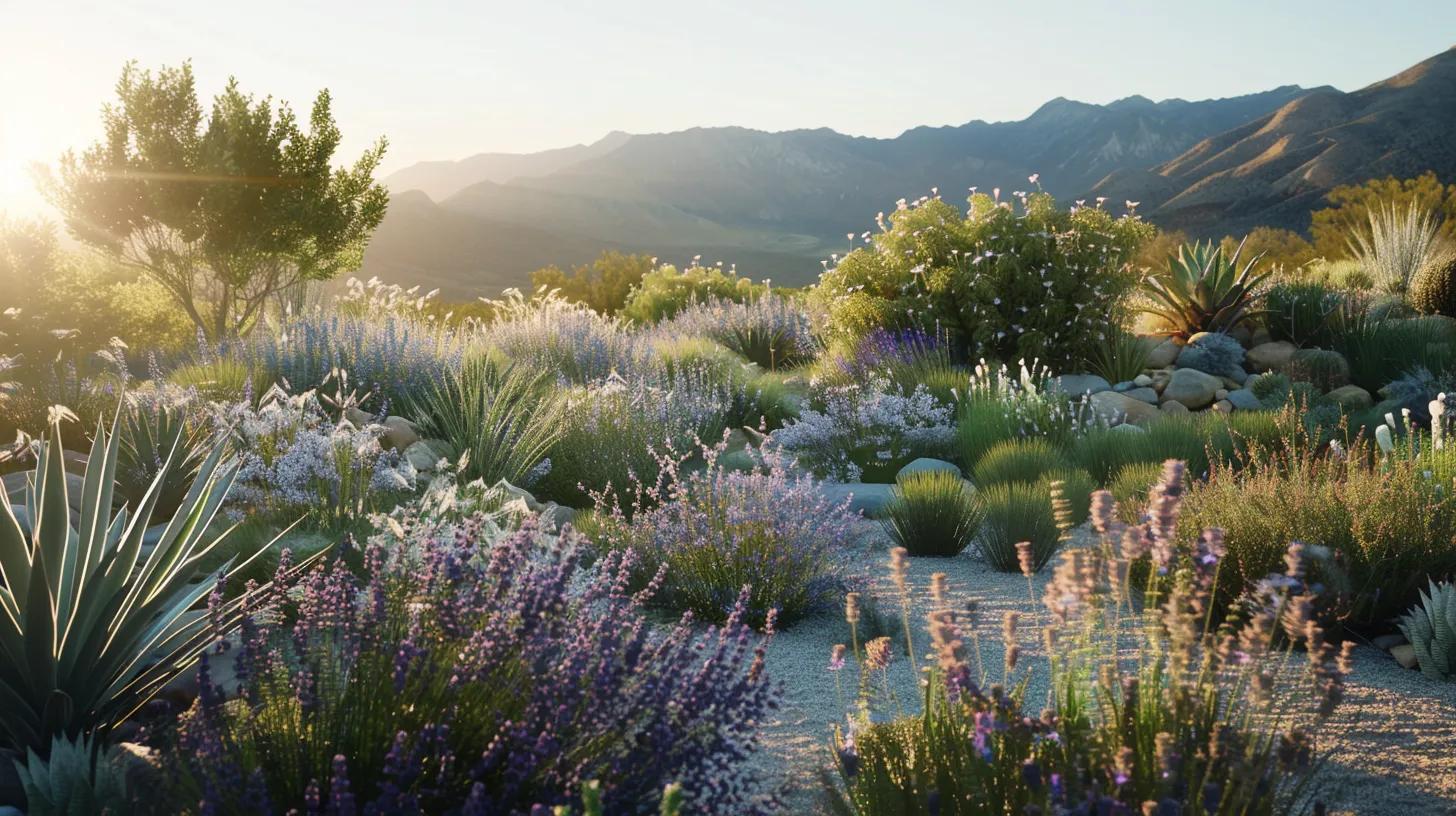
Drought-tolerant plants offer a sustainable landscape design solution for custom homes in arid regions. These hardy species require minimal water, reducing maintenance costs and conserving resources. Incorporating drought-resistant plants can create an attractive, low-maintenance outdoor space.
Selecting plants with high fire resistance is crucial for homeowners in fire-prone areas. Many drought-tolerant species also exhibit fire-resistant properties, providing dual benefits in landscape design. These plants often have thick, waxy leaves or high moisture content, making them less likely to ignite.
Homeowners can enhance their landscape's hardiness by grouping plants with similar water needs. This practice, known as hydrozoning, ensures efficient water use and promotes plant health. By strategically placing drought-tolerant plants, custom home landscapes can remain vibrant even during dry periods.
Utilize Hardscaping Elements to Enhance Curb Appeal
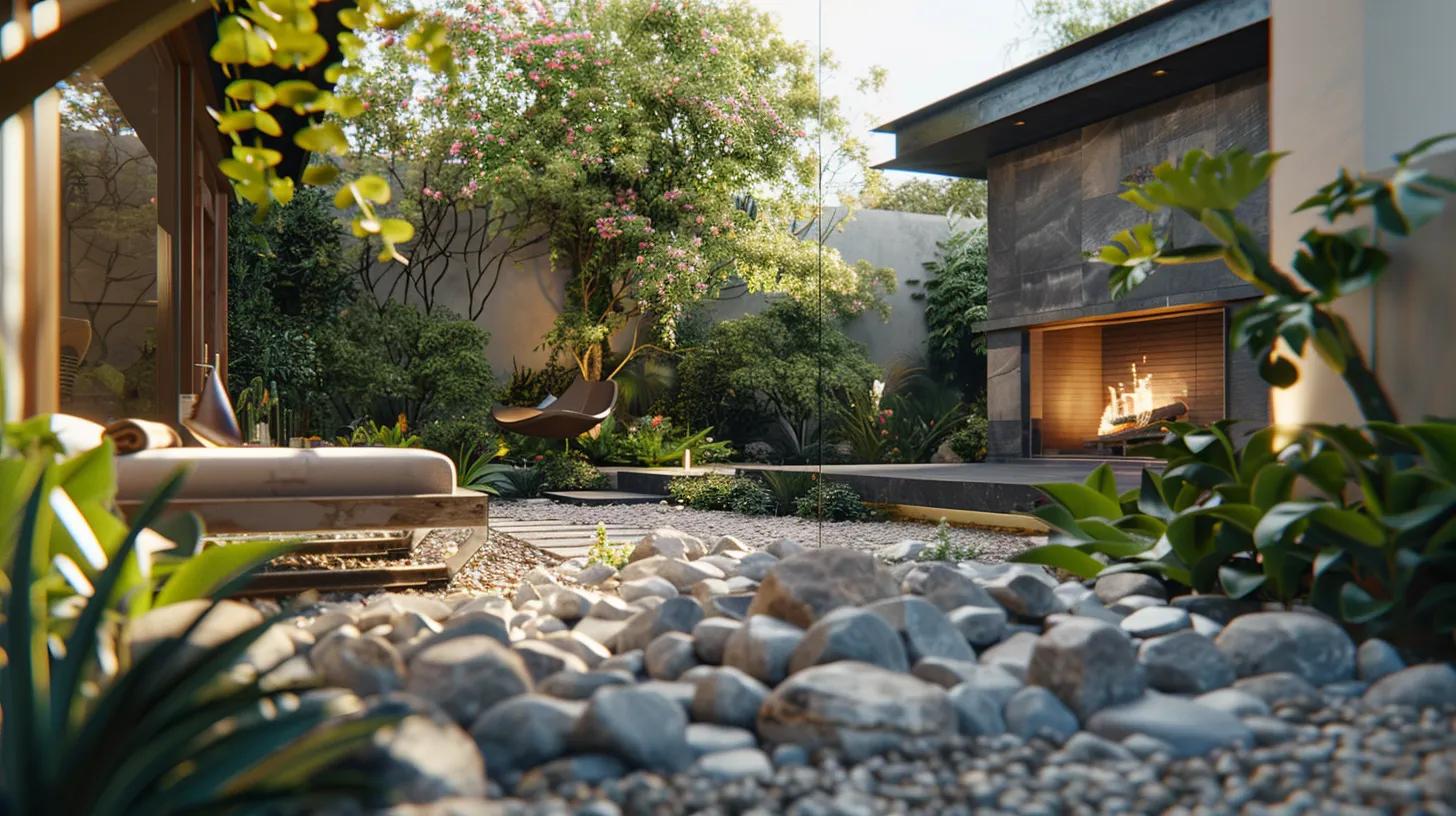
Hardscaping elements play a crucial role in enhancing curb appeal for custom homes. This section explores various materials like crushed stone and pebbles, offering ideas to create functional outdoor spaces. From patios to walkways, these features blend with nature, providing both aesthetics and practicality. An outdoor fireplace can serve as a stunning focal point in the landscape design.
Explore Various Hardscaping Materials
Hardscaping materials offer diverse options for custom home landscapes. Lavandula species, commonly known as lavender, can be incorporated alongside prairie-inspired designs, creating a harmonious blend of soft and hard elements. A well-constructed deck provides a seamless transition between indoor and outdoor spaces, while deciduous trees frame the hardscape features, adding seasonal interest and natural beauty to the overall design.
Create Functional Outdoor Spaces With Patios and Walkways
Patios and walkways form the backbone of functional outdoor spaces in front yard landscaping. These hardscaping elements provide structure and flow, guiding visitors through the landscape while offering areas for relaxation and entertainment. Homeowners can incorporate pollinator-friendly plants along walkways, adding beauty and supporting local ecosystems. A well-designed patio with a fireplace becomes a cozy outdoor retreat, encouraging creativity in design and use of space. Proper soil preparation ensures these hardscape features remain stable and attractive for years to come.
Incorporate Edible Landscaping Features
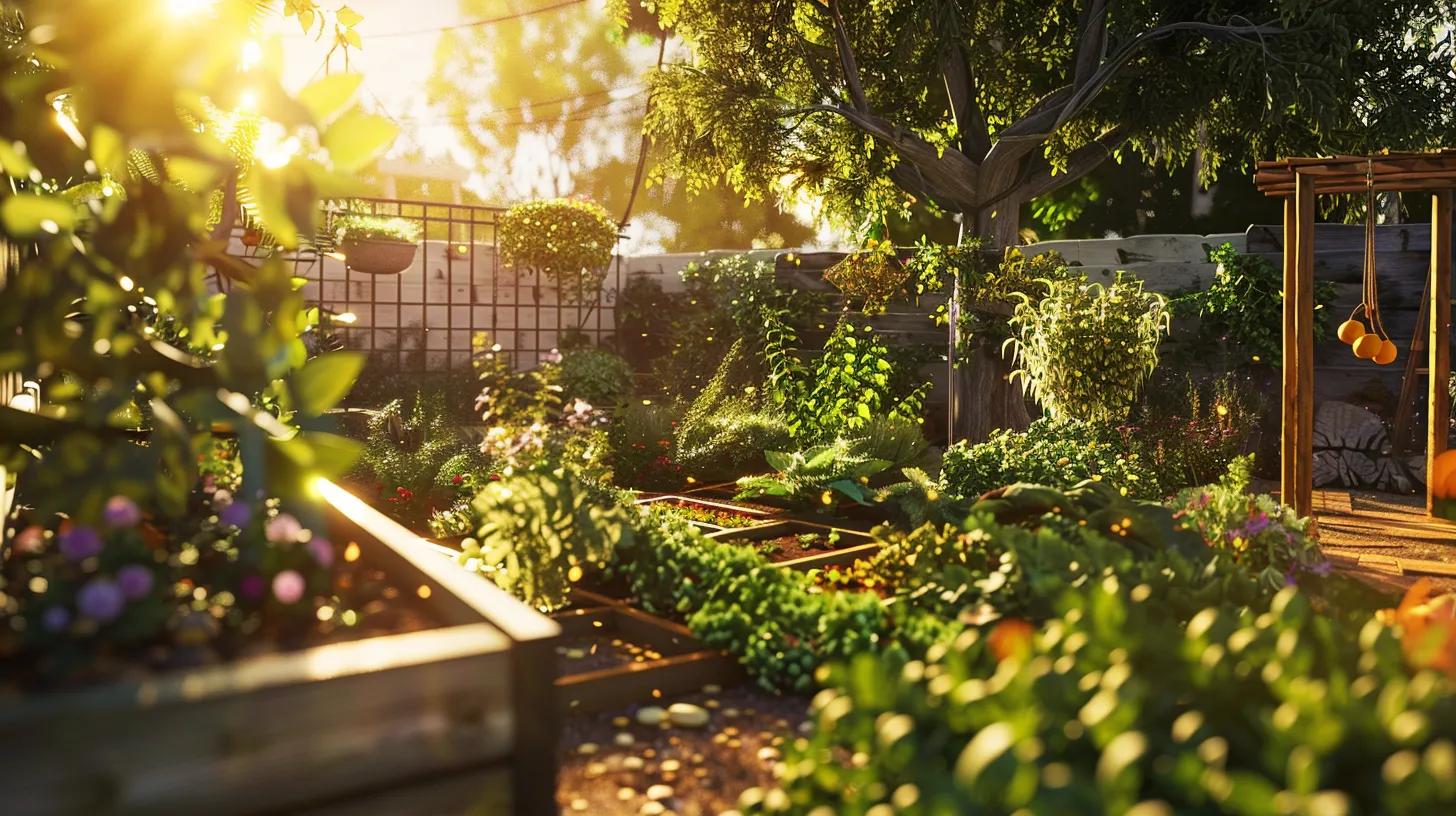
Edible landscaping combines beauty and functionality in custom home designs. Homeowners can create garden beds for homegrown produce, integrating them seamlessly with existing architecture. This approach allows for creative water management, transforming yards into productive oases. With careful planning, edible landscapes can fit various budgets and complement outdoor furniture, enhancing both aesthetics and sustainability.
Designing Garden Beds for Homegrown Produce
Designing garden beds for homegrown produce requires careful attention to detail, transforming a landscaping project into a dream edible oasis. Homeowners can incorporate raised brick beds, which provide excellent drainage and add visual interest to the yard. These beds can be filled with a variety of vegetables, herbs, and edible flowers, creating a tapestry of shades of green and vibrant colors. Strategic placement of garden beds ensures optimal sunlight exposure and easy access for maintenance and harvesting:
Choose suitable locations for sunlight and accessibility
Select appropriate materials for bed construction
Plan crop rotation to maintain soil health
Integrate irrigation systems for efficient watering
Incorporate companion planting for pest control and improved yields
Implement Low-Maintenance Landscaping Solutions
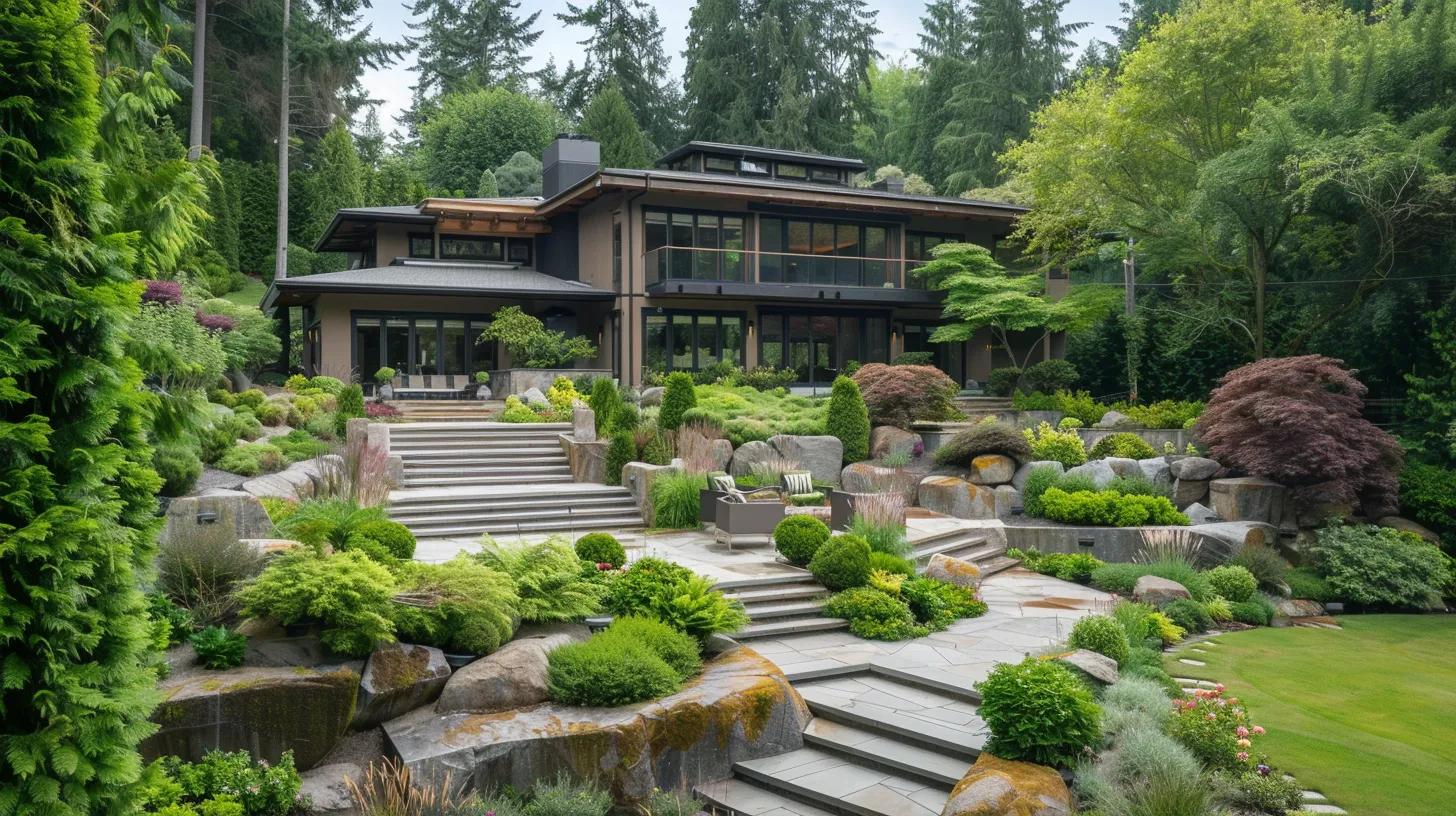
Low-maintenance landscaping solutions offer custom homeowners efficient ways to enhance their outdoor spaces. Homeowners can create beautiful landscapes that require minimal upkeep by selecting easy-care trees and shrubs, such as evergreens and syringa, and implementing effective mulching techniques. These strategies work well for various areas, including patios and spaces with retaining walls.
Select Easy-Care Trees and Shrubs
Selecting easy-care trees and shrubs is crucial for low-maintenance landscaping in custom homes. Homeowners should choose species that thrive in their local climate and soil conditions, requiring minimal pruning and watering. For areas near swimming pools, plants with non-invasive root systems help prevent damage to pool structures and improve drainage. Deep-rooted shrubs can stabilize soil on slopes in regions prone to erosion, while trees with strong wood resist storm damage, reducing long-term maintenance needs.
Implement Efficient Mulching Techniques
Efficient mulching techniques play a crucial role in low-maintenance landscaping for custom homes. Homeowners can use organic mulch around trees and in the backyard to retain soil moisture, suppress weeds, and regulate soil temperature. In outdoor kitchen areas, mulch helps prevent soil splashing and keeps the space tidy. For olive trees and other Mediterranean plants, gravel or rock mulch provides excellent drainage and complements their aesthetic. Properly applied mulch also supports wildlife by creating habitats for beneficial insects and small animals, enhancing the overall ecosystem of the landscape.
Enhance Outdoor Living Areas With Custom Features
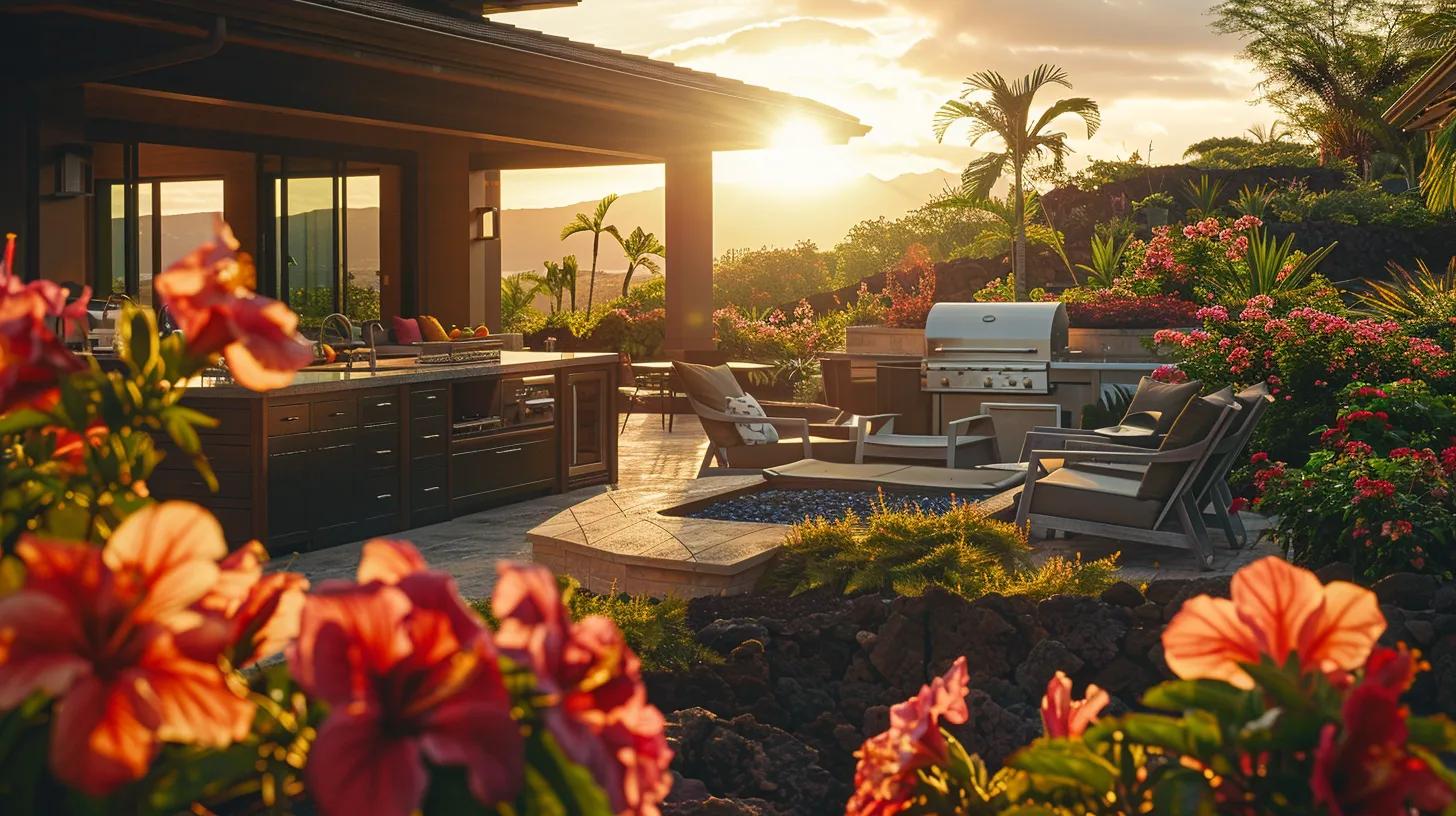
Custom features enhance outdoor living areas in landscaping designs for custom homes. Outdoor kitchens provide entertainment spaces, while cozy fire pits offer relaxation. These elements complement perennial plants like Hibiscus syriacus, a shrub that adds beauty and aids in pest control. Thoughtful landscaping integrates these features seamlessly, creating functional and attractive outdoor spaces.
Build Outdoor Kitchens for Entertainment
Outdoor kitchens offer an excellent entertainment option for custom home landscapes. Homeowners can create a functional cooking area near a fire pit, combining warmth and culinary experiences. The kitchen blends seamlessly with the surrounding lawn by incorporating environmentally friendly materials like reclaimed wood or recycled stone. Large boulders can serve as natural seating or countertops, adding a rustic touch. For those who enjoy DIY projects, building a simple outdoor kitchen can be a rewarding way to personalize the space and save on costs.
Create Cozy Fire Pits for Relaxation
Fire pits add warmth and beauty to custom home landscapes, creating cozy relaxing spaces. Homeowners can enhance these areas with carefully chosen plants like cornus and honeysuckle, which provide natural shape and color. For year-round appeal, artificial turf surrounding the fire pit ensures a lush, low-maintenance backdrop. Here's a comparison of fire pit materials.
Design Unique Water Features for Aesthetic Appeal
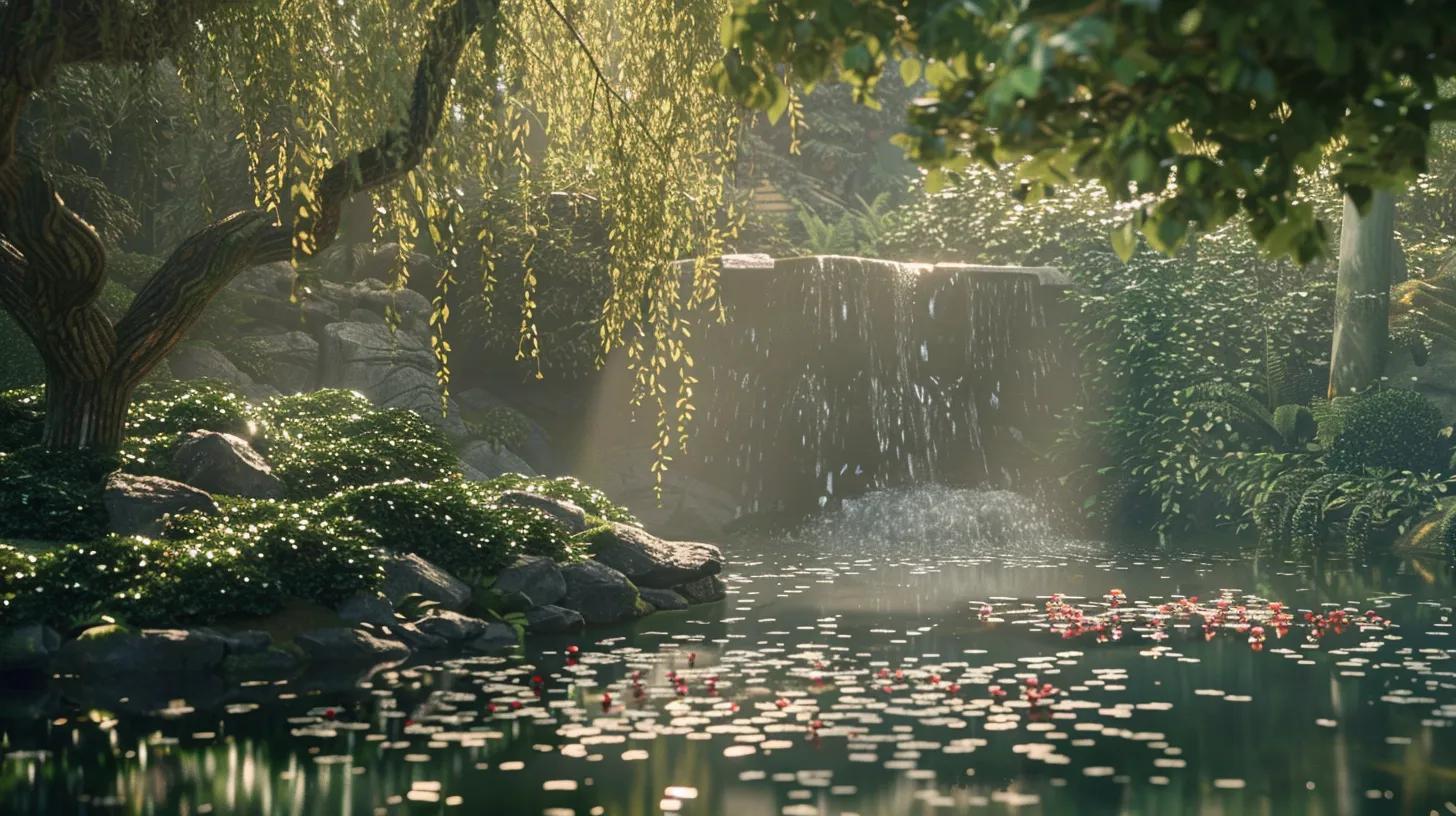
Water features enhance custom home landscapes, offering aesthetic appeal and tranquility. Designers incorporate ponds, fountains, and waterfalls to create garden focal points. These elements can complement hedges and provide shade, while sand accents add texture. Proper maintenance ensures water features remain attractive and functional, contributing to the overall landscape design.
Consider Ponds, Fountains, and Waterfalls
Ponds, fountains, and waterfalls offer custom homeowners diverse options for creating stunning water features. Landscapers can incorporate agave plants around these elements for a striking contrast, while strategically placed pavers provide easy access. Gravel pathways leading to these features enhance drainage and complement the natural aesthetic. Hydrangea bushes near ponds add a splash of color and soften the hardscape elements. When designing water features, it's crucial to consider the root systems of nearby plants to prevent damage to the feature's structure:
Select appropriate plants for water feature surroundings
Use pavers and gravel for functional and aesthetic purposes
Ensure proper drainage to maintain water feature health
Balance hardscape and softscape elements for visual appeal
Consider long-term maintenance requirements in the design
Maintenance Tips for Water Features in Homes
Proper maintenance of water features in custom homes ensures their longevity and aesthetic appeal. Homeowners should regularly remove weeds and fallen leaves to prevent clogging. Low-growing plants like thyme can act as natural weed suppressants for areas surrounding water features. Incorporating granite borders or fencing can help contain water and define the feature's boundaries. Regular cleaning and water treatments maintain clarity and prevent algae growth:
Remove debris and clean filters weekly
Check and adjust water levels as needed
Inspect pumps and lighting systems monthly
Trim surrounding plants to prevent overgrowth
Winterize features in colder climates to prevent damage
Conclusion
Custom home landscaping options significantly enhance curb appeal, sustainability, and functionality. From native plant species to drought-tolerant choices, homeowners can create beautiful, low-maintenance outdoor spaces that reflect their personal style and environmental consciousness. Hardscaping elements, edible landscapes, and water features offer versatile design possibilities, allowing for unique and practical outdoor living areas. By implementing these leading landscaping options, custom homeowners can transform their properties into stunning, eco-friendly havens that provide year-round enjoyment and value.


